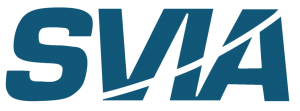By Randy Myers
The average 401(k) account balance has improved significantly since the stock market downturn that ran from late 2007 to early 2009, but Americans still need to save more for retirement, according to Winfield Evans, leader of investment strategy for Aon Hewitt’s defined contribution outsourcing business.
Participants in 401(k) plans enjoyed a median rate of return of 24.3 percent in 2009, Evans said at the 2010 SVIA Fall Forum. That was up from a loss of 28.3 percent the prior year and pushed the average year-end account balance to about $70,000, versus about $55,000 at year-end 2008.
Unfortunately, Evans said, the market’s rebound hasn’t been sufficient to put the retirement plans of many 401(k) participants fully back on track. At the end of 2007, the average account balance stood at about $85,000.
More problematic is that a quarter of all eligible employees are not saving in the plans at all, he noted. And even among people who participate in 401(k) plans, many save too little, with 28 percent contributing below the threshold that would earn them the maximum matching contribution from their employers.
During the market’s decline, nearly 6 percent of 401(k) assets moved from stocks into fixed income investments, with three-quarters of that amount going to stable value funds, Evans said, citing statistics from the Aon Hewitt 401(k) Index. Since the stock market’s rebound began, another 1 percent of plan assets have moved out of equities.
Even if participants are making the right asset allocation moves, Evans said, they are hurting their long-term retirement plans in other ways. About a quarter of all participants have loans outstanding in their 401(k) accounts, he noted. And since 2008, hardship withdrawals have increased by nearly 40 percent. “If they take their money out before retirement and spend it on other things,” Evans said, “all their good work can be wiped out.”
To encourage better results, Evans said, plan sponsors are increasingly automating their 401(k) plans: for example, 59 percent automatically enroll eligible participants and automatically escalate their contributions over time and 54 percent of plans offer automatic rebalancing of participant portfolios.
Evans encouraged plan sponsors to go even further to improve the chances of their employees’ savings for a comfortable retirement. In terms of selecting investment options for their plans, he said, Aon Hewitt recommends a tiered fund structure with target-date funds available for the large majority of participants who don’t want to actively manage their portfolios. Next, he recommended a small group of core funds for those that want to take a slightly more active role in managing their portfolios, and a self-directed brokerage account for that small percentage of participants who want access to the full range of investment options available from Wall Street.
To reduce leakage of plan assets prior to retirement, Evans recommended that plan sponsors modify their 401(k) loan rules, limit cash-out options, and adjust rules for hardship withdrawals. For example, he said, sponsors could make loans portable, extend repayment requirements, and allow repayment of loans to continue even after an employee is terminated. Sponsors also could allow participants to re-contribute money taken out in the form of a hardship loan, he added, and strictly limit hardship withdrawals to those cases that meet the six hardship withdrawal criteria established by the Internal Revenue Service.

